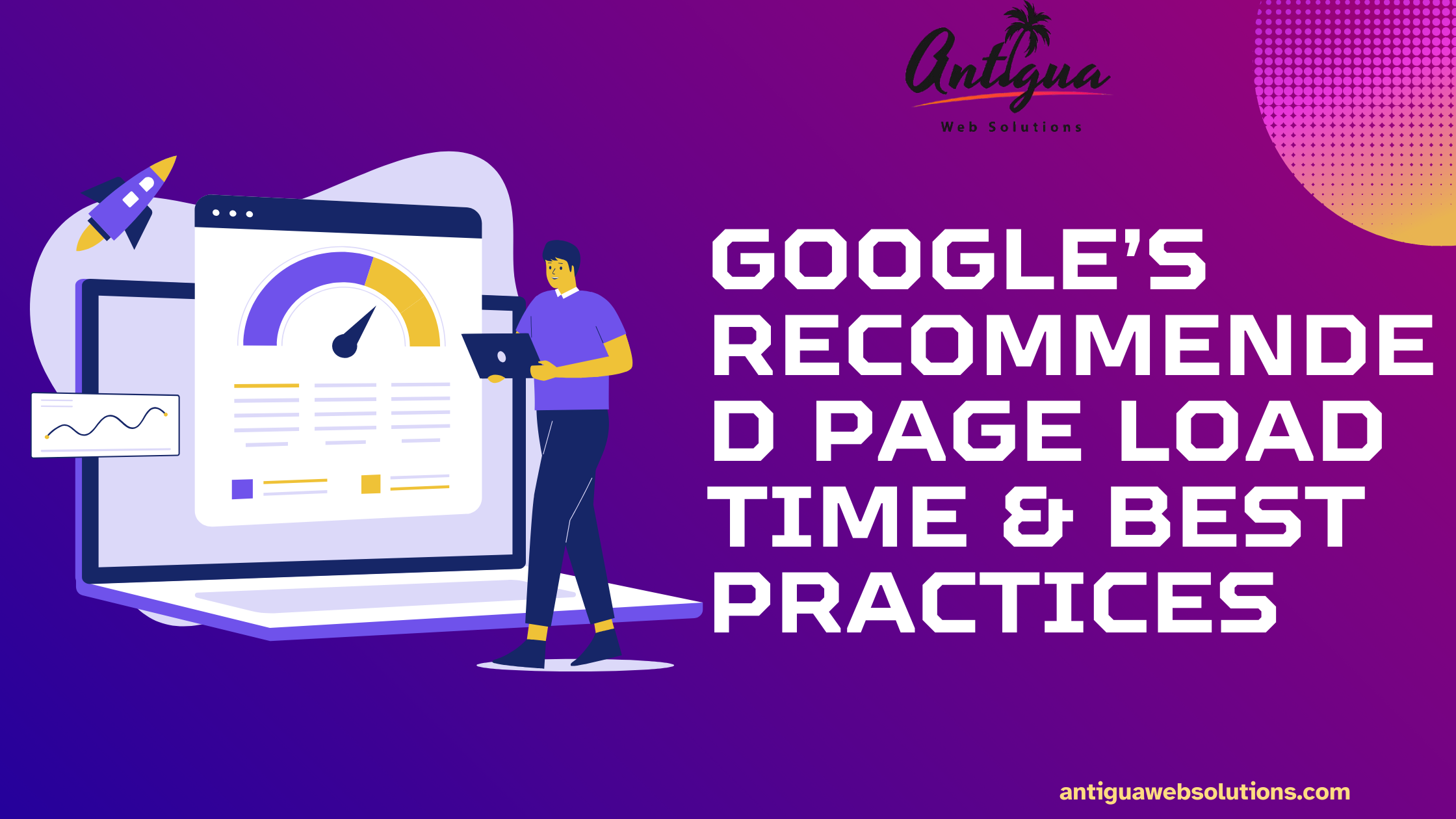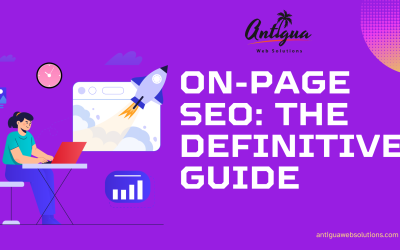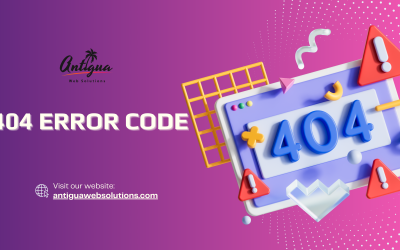Website speed is a critical factor in today’s digital world. A fast-loading website improves user experience (UX), search engine rankings, and conversion rates. Google considers page speed as an essential ranking factor, making it crucial for website owners to understand what is the normal speed of a website?, Google recommended page load time, and best practices for website loading speed Google guidelines.
In this comprehensive guide, we will explore Google loading speed, factors affecting website performance, and how you can optimize your website for better rankings and user engagement.
What is the Normal Speed of a Website?
The normal speed of a website refers to the average time it takes for a webpage to fully load. This varies based on several factors, such as server response time, page size, media elements, and third-party scripts.
Average Website Load Times:
- Desktop: 2-5 seconds
- Mobile: Under 3 seconds (recommended)
- eCommerce sites: Less than 2 seconds (ideal)
Research shows that 53% of users abandon a website if it takes longer than 3 seconds to load, highlighting the importance of optimizing speed.
Google Recommended Page Load Time
Google officially recommends that websites should load in under 2 seconds to provide a seamless user experience. However, for eCommerce and mobile users, Google suggests keeping load times under 1 second to reduce bounce rates.
Google’s Core Web Vitals & Page Speed Factors
Google measures website speed through Core Web Vitals, which focus on three key performance indicators:
- Largest Contentful Paint (LCP):
- Measures how long it takes for the largest visible content to load.
- Recommended time: Under 2.5 seconds.
- First Input Delay (FID):
- Tracks the time it takes for a page to become interactive.
- Recommended time: Under 100 milliseconds.
- Cumulative Layout Shift (CLS):
- Measures visual stability and prevents unexpected layout shifts.
- Recommended score: Less than 0.1.
Meeting these benchmarks ensures better search rankings, higher engagement, and improved UX.
Why Website Loading Speed Matters for Google SEO?
1. Improves Search Engine Rankings
Google prioritizes fast-loading websites, as they provide a better user experience. A slow website can lower your rankings, reducing your organic traffic.
2. Enhances User Experience (UX)
Users expect quick load times. A fast website leads to lower bounce rates, longer session durations, and higher engagement.
3. Increases Conversion Rates
Research shows that a 1-second delay in page load time can reduce conversions by 7%. Faster pages lead to better customer retention and increased sales.
4. Reduces Bounce Rates
If a website takes more than 3 seconds to load, visitors often leave before it even fully loads. Optimizing speed helps retain visitors.
5. Mobile-First Indexing Impact
With Google’s mobile-first indexing, the mobile version of your website is the primary version used for ranking. A slow mobile website negatively affects rankings.
How to Improve Website Loading Speed as Per Google’s Recommendations
1. Optimize Images
- Compress images using tools like TinyPNG or WebP format.
- Resize images to appropriate dimensions.
- Implement lazy loading so images load only when needed.
2. Minimize HTTP Requests
- Reduce the number of CSS, JavaScript, and image files.
- Use CSS sprites to combine multiple images into one file.
- Enable browser caching for faster repeated visits.
3. Use a Content Delivery Network (CDN)
A CDN distributes content across multiple global servers, reducing latency and improving load times.
4. Enable Browser Caching
Caching stores static website data, reducing the time needed to reload elements on repeat visits.
5. Minify CSS, JavaScript, and HTML
- Remove unnecessary code, spaces, and comments.
- Use Google PageSpeed Insights to identify files to minify.
6. Reduce Server Response Time
- Choose a high-performance web hosting provider.
- Optimize databases and reduce query execution time.
- Use Gzip compression to minimize file sizes.
7. Implement Accelerated Mobile Pages (AMP)
AMP helps mobile pages load almost instantly, improving mobile user experience and SEO.
8. Remove Render-Blocking JavaScript & CSS
- Defer the loading of non-essential JavaScript.
- Load critical CSS inline to improve rendering speed.
9. Upgrade Web Hosting & DNS Provider
- Use a fast and reliable hosting provider with SSD storage.
- Choose a premium DNS provider like Cloudflare to reduce lookup time.
10. Monitor Website Speed Regularly
Test your website speed using tools like:
✅ Google PageSpeed Insights
✅ GTmetrix
✅ Pingdom Tools
✅ Lighthouse (Chrome DevTools)
Common Issues That Slow Down Website Speed
1. Unoptimized Images
Large images take longer to load. Always compress images before uploading.
2. Too Many Ads & Scripts
Excessive third-party scripts like tracking pixels and ads increase page load time.
3. Slow Web Hosting
Cheap or shared hosting plans often result in higher load times and server downtimes.
4. Outdated CMS or Plugins
Old website software and plugins create inefficiencies. Regular updates improve performance.
5. Poorly Coded Themes
Some website themes contain excessive, unnecessary code. Choose a lightweight theme for faster loading speeds.
Conclusion
A fast website is essential for better search rankings, improved UX, and increased conversions. Google recommends a page load time of under 2 seconds, but for mobile users, under 1 second is ideal.
By implementing image optimization, caching, CDN, and server improvements, you can significantly enhance Google’s website loading speed benchmarks.
At Antigua Web Solutions, we specialize in website performance optimization, ensuring businesses meet Google’s recommended page load time and achieve better search rankings.
Looking to improve your website speed? Implement these strategies today and boost your online presence!





